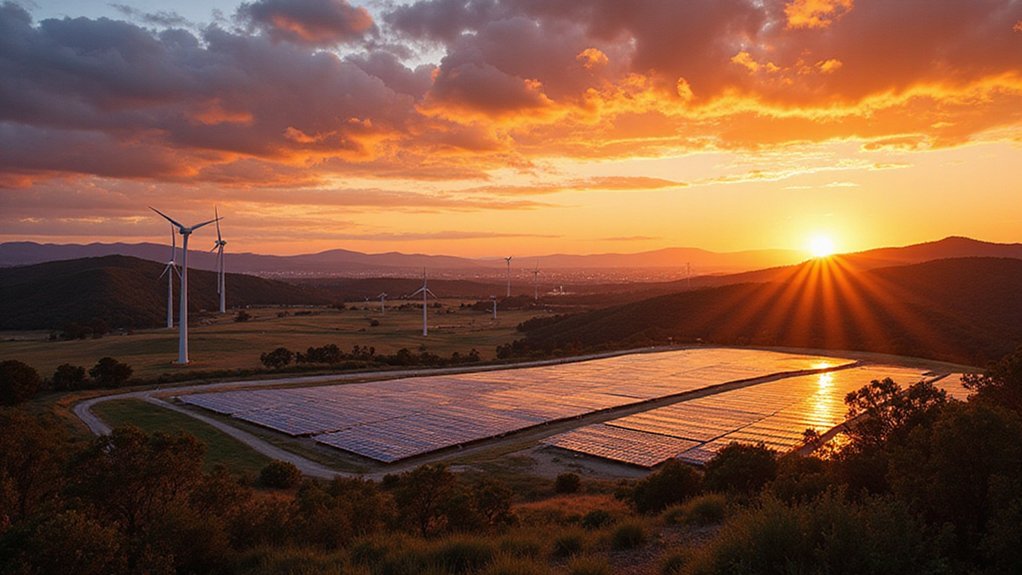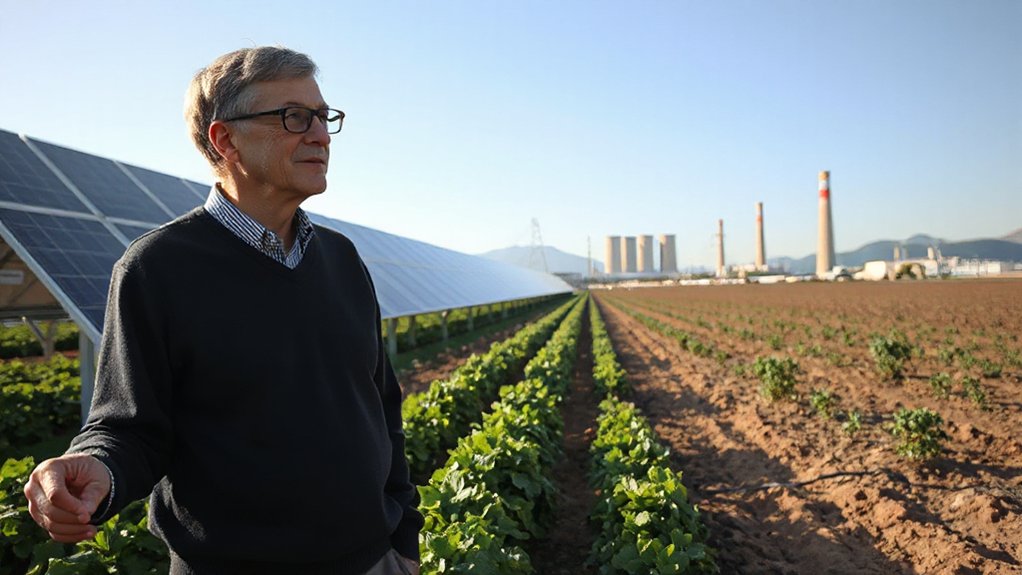New data reveals a stark climate reality: the wealthiest 10% of people worldwide have caused over two-thirds of global warming since 1990. While the poorest half of humanity contributed just 7% to emissions, the richest 1% alone generated 15% of the total. This dramatic inequality in carbon footprints raises urgent questions about responsibility in the climate crisis. Who should bear the costs of addressing a problem largely created by the world’s most affluent citizens?
While most climate discussions focus on national emissions, who really bears responsibility for our warming planet? New research reveals a stark disparity: the world’s wealthiest 10% have caused more than two-thirds of global warming since 1990. This small fraction of humanity has consumed one-third of the remaining 1.5°C carbon budget during this period.
The numbers paint a clear picture of inequality. The richest 1% produced 15% of all emissions between 1990 and 2015, exceeding the total emissions of the entire European Union. Meanwhile, the poorest half of humanity contributed just 7% to global emissions. The gap continues to widen, with the top 1% seeing a 26% growth in their per capita emissions between 1990 and 2019.
Billionaires stand out as extreme carbon emitters. The average billionaire produces over a million times more carbon than a person in the bottom 99%. In fact, fifty of the world’s richest billionaires generate more carbon in less than three hours than a typical British person does in their entire lifetime.
Investment activities represent the main source of emissions for the wealthy. Traditional research methods often underestimate super-rich emissions because they don’t account for emissions from investments. When these are included, the carbon footprint of the top 1% is more than 75 times higher than those in the bottom 50%.
Annual global emissions grew by 60% between 1990 and 2015. During this period, the richest 5% were responsible for over a third of this growth. The total increase in emissions from the richest 1% was three times greater than that of the poorest half of humanity. The climate crisis has intensified natural disasters that disproportionately impact poor and marginalized communities worldwide. These emissions from the wealthiest have caused trillions in economic damage, particularly affecting low-income countries.
In the United States, though 2020 saw a 10.32% decline in carbon emissions compared to 2019, largely due to pandemic restrictions, the country remains among the highest per capita emitters worldwide. However, this national data doesn’t reflect the significant variance between economic segments within the population. A transition to geothermal energy could dramatically reduce these emissions with its 99% lower carbon dioxide production compared to fossil fuels.
Experts suggest various policy responses, including targeted wealth taxes on carbon-intensive assets and specific taxation for frequent flyers and private jet owners.
References
- https://www.oxfam.org/en/press-releases/carbon-emissions-richest-1-percent-more-double-emissions-poorest-half-humanity
- https://www.oxfam.org/en/press-releases/richest-1-burn-through-their-entire-annual-carbon-limit-just-10-days
- https://www.independent.co.uk/climate-change/news/global-warming-carbon-emission-rich-vs-poor-tax-b2745446.html
- https://www.macrotrends.net/global-metrics/countries/USA/ united-states/carbon-co2-emissions
- https://www.carbonbrief.org/top-1-of-emitters-caused-almost-a-quarter-of-global-emissions-since-1990/








